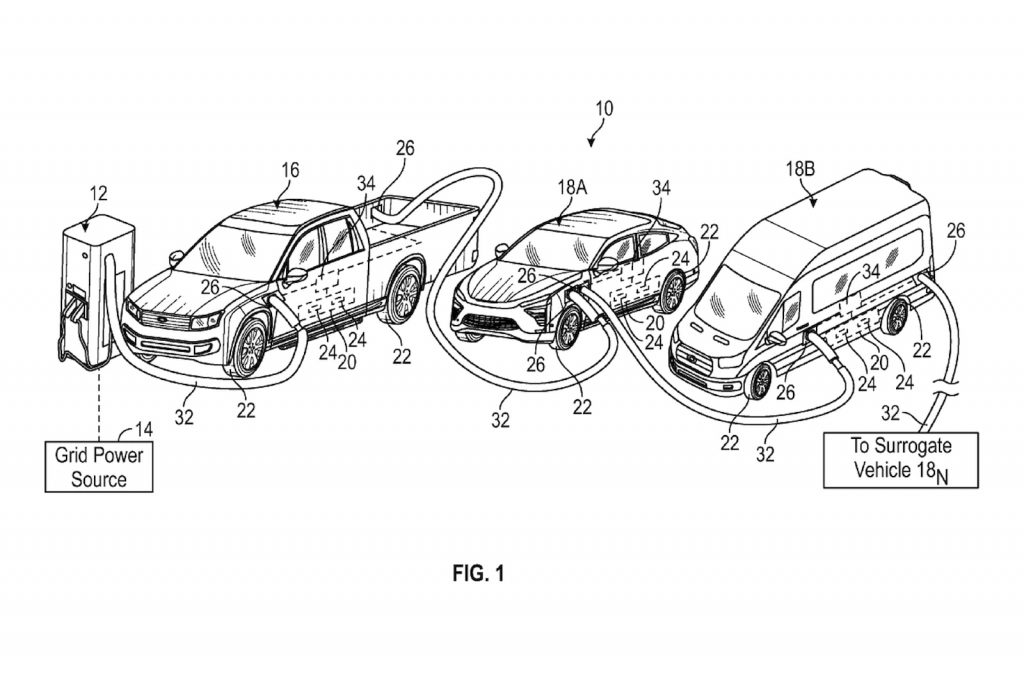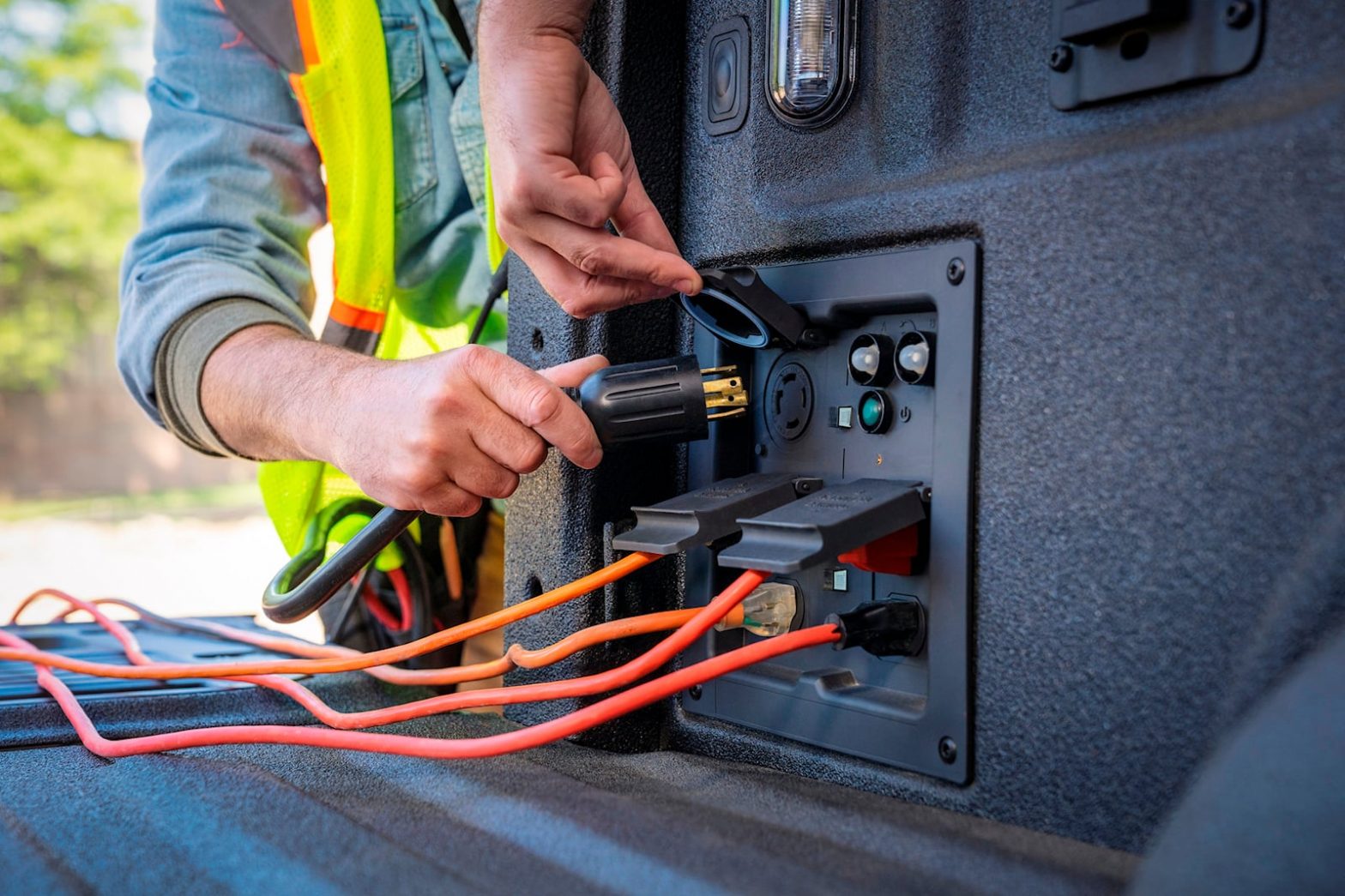Ford has submitted a patent application to the US Patent and Trademark Office (USPTO) for a dual-charging system. This technology would enable many electric vehicles to be charged simultaneously from a single charging station.
The technology described in the patent application employs bidirectional charging. Nevertheless, this technique enables cars to accomplish both, absorbing electricity via one charge port and discharging it to another vehicle through a second port, as opposed to charging or discharging through a single charge port.
Ford said in the patent application that this could be attainable using either DC fast-charging stations or AC power sources. We can give examples such as wall outlets and home charging stations. And it’s not only for charging electric vehicles.
Ford also recommends using it in vehicle-to-grid (V2G) applications, which, depending on the software, might enable a group of vehicles to receive power from the grid, supply it back into the grid, or share charge amongst electric vehicles.

This seems like an excellent addition to the Home Integration System that is now provided in the Ford F-150 Lightning. It enables the pickup truck to function as an emergency home power backup source. Nevertheless, patent applications are by no means confirmation of manufacturing ambitions.
Ford Offers Several Options For Charging Numerous Vehicles From A Single Charger
This technology will enable a variety of V2G applications. It includes buffering the grid by deploying clusters of EVs to absorb surplus power for later use. It will also keep the lights on during power outages as mentioned by manufacturers and electric utilities.
Maybe it might be a component of enhancing charge profiles among EVs supported by Ford’s Pro business. Ford’s strategy to increase sales of EVs designed for the workplace includes assisting companies in fleet charging that reduces power costs.
This seems to be comparable to a patent issued by General Motors last year. The company also described the use of dual charging connections to boost flexibility. With the same objective of smarter, more affordable charging, it wouldn’t be shocking if several fleet-focused manufacturers find a solution that is quite similar to one another.
